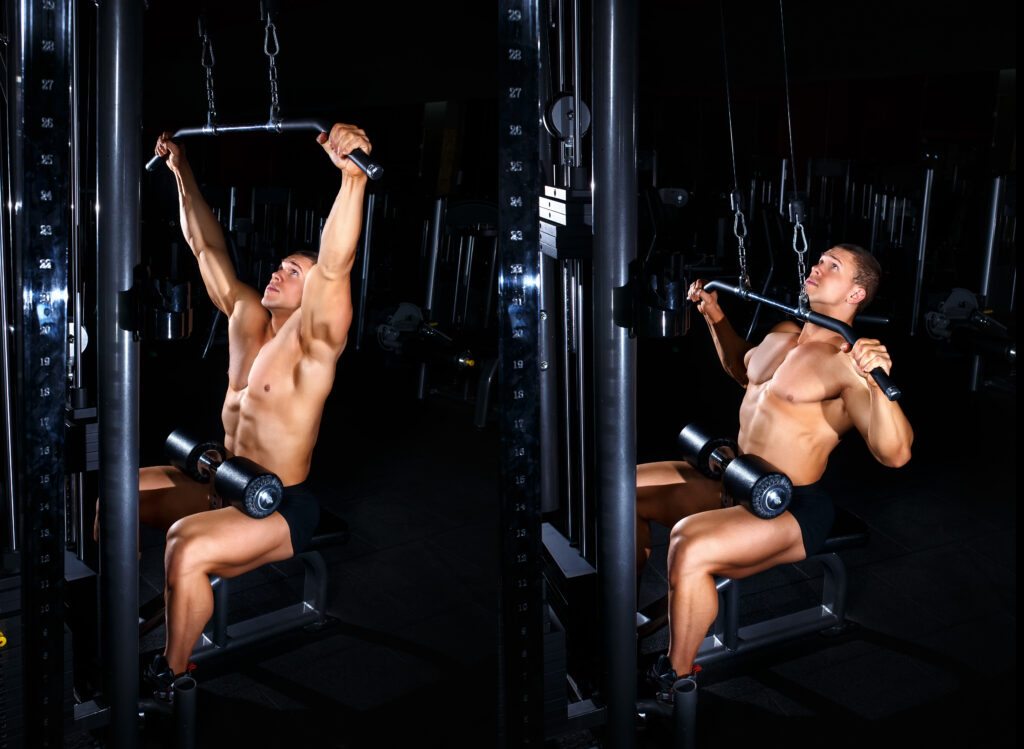Every gym-goer walks through the door with a goal—whether it’s building muscle, shedding fat, or increasing strength. But far too often, those goals don’t align with how people train. Understanding how to optimize your sets, reps, rest periods, and workout split is the key to training effectively and seeing faster results.
Here’s how to tailor your training based on your primary goal—backed by scientific research.
1. For Muscle Growth (Hypertrophy)
If your goal is to build size, you need to focus on volume—the total amount of work performed. This typically means moderate weights, higher reps, and shorter rest periods.
- Sets/Reps: 3–5 sets of 6–12 reps
- Rest: 30–90 seconds between sets
- Training Split: 4–5 days/week, using a push-pull-legs or upper/lower split
According to Schoenfeld et al. (2010), the 6–12 rep range maximizes mechanical tension and muscle damage—two primary drivers of hypertrophy. Progressive overload (gradually increasing resistance or volume) is essential.
Reference
Schoenfeld BJ. (2010). The mechanisms of muscle hypertrophy and their application to resistance training. Journal of Strength and Conditioning Research.
2. For Strength Gains
Strength development hinges on neural efficiency and lifting heavy loads with full recovery between sets. Think low reps, high weight, and more rest.
- Sets/Reps: 3–6 sets of 3–6 reps
- Rest: 2–5 minutes between sets
- Training Split: 3–4 days/week, full-body or powerlifting-style
A review in the NSCA’s Essentials of Strength Training notes that training at >85% of 1RM and using longer rest intervals significantly improves maximal strength.
Reference
Haff GG, Triplett NT. (2015). Essentials of Strength Training and Conditioning, 4th ed. NSCA.
3. For Fat Loss
Fat loss is driven by a caloric deficit, but exercise choice still matters. Compound lifts, minimal rest, and circuit-style formats help burn more calories.
- Sets/Reps: 2–4 sets of 10–15 reps
- Rest: 15–60 seconds between sets
- Training Split: 3–6 days/week, depending on time and recovery
High-intensity resistance training (HIRT), as shown by Paoli et al. (2012), can elevate excess post-exercise oxygen consumption (EPOC), increasing calorie burn for hours after your workout.
Reference
Paoli A, Moro T, Marcolin G, et al. (2012). High-intensity interval resistance training (HIRT) influences resting energy expenditure and body fat. Journal of Translational Medicine.
Final Thought
Training smarter—not just harder—means aligning your program with your goals. Whether you’re aiming to get leaner, grow muscle, or lift heavier, following evidence-based programming will help you get there faster.
With the Jefit app, you can log your workouts, track progress, and adjust volume and intensity to match your goal every step of the way.
Jefit: Your Ultimate Strength Training Companion
If you’re committed to building muscle, gaining strength, and tracking your progress effectively in 2025, the Jefit strength training app is the essential tool to help you crush your fitness goals. With over 20 million downloads and 12+ million active users, Jefit ranks among the best strength training apps available today. Named the Best Fitness App of 2024 and featured in Men’s Health, PC Magazine, and USA TODAY, Jefit combines expert-built workout programs, advanced gym performance tracking, and a supportive community to help you stay accountable and motivated. Whether you’re looking to follow a scientifically-backed muscle-building plan, monitor your lifting progress, or optimize your training intensity, Jefit gives you everything you need — all in one place.
- Fibermaxxing: Viral Nutrition Trend You Should Know - December 17, 2025
- Hybrid Metabolic Strength Training for Faster Results - December 10, 2025
- Why Lifters Choose JEFIT App for Real Strength Gains - December 3, 2025
